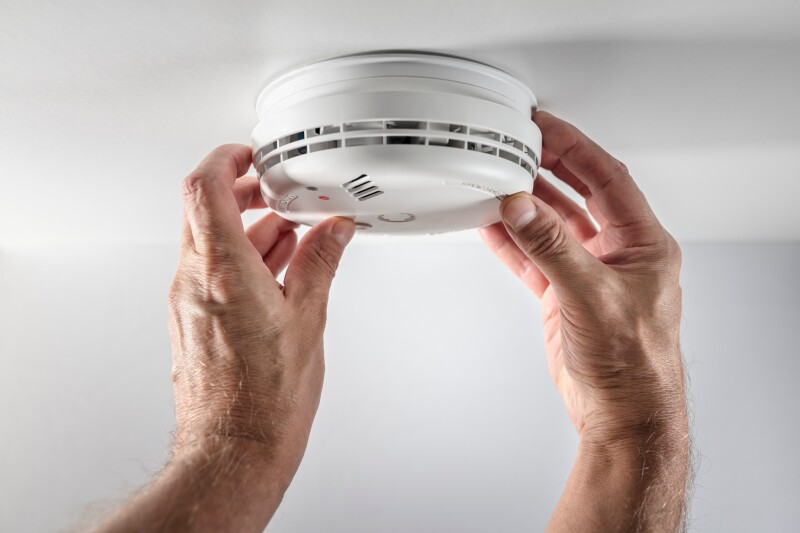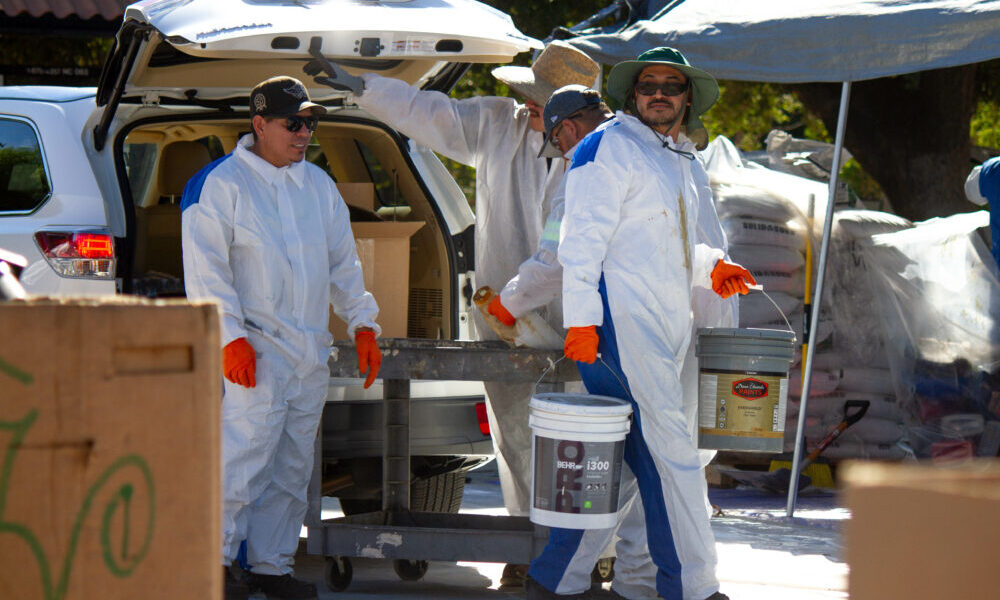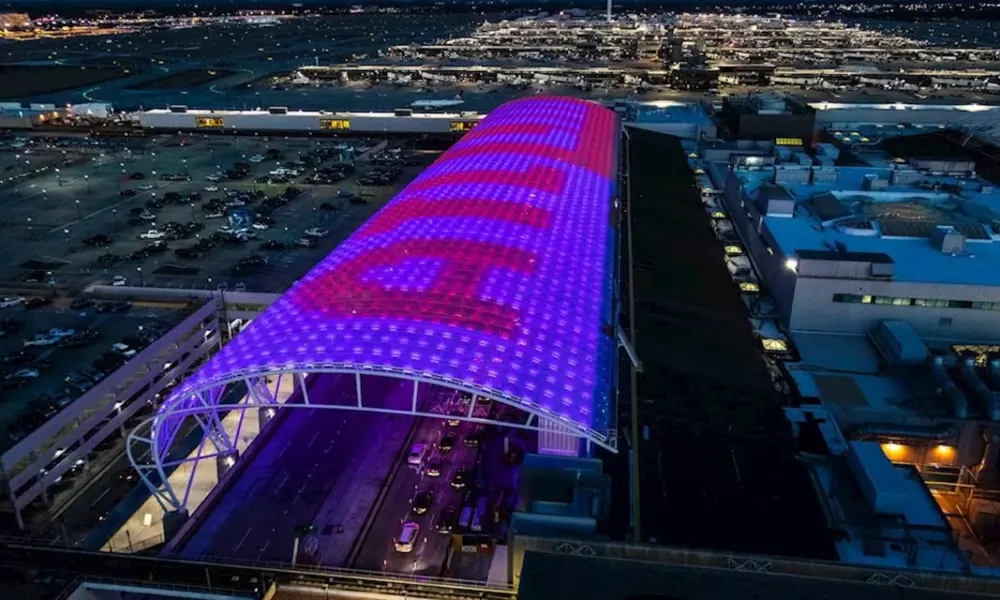UPDATE: Essential safety measures for homes are in the spotlight as the American Red Cross and local fire departments emphasize the critical role of smoke and carbon monoxide detectors. This urgent announcement comes as fire safety awareness campaigns ramp up across the nation, including efforts by the West Fargo Fire Department to promote detector installations.
Just announced: Smoke detectors are vital for early warning, potentially saving countless lives by alerting families to fire hazards. With a lifespan of 7 to 10 years, these devices must be regularly monitored and replaced to maintain effectiveness. Residents are urged to check the back of their smoke detectors for the age and model number, ensuring they are still functioning properly.
To enhance home safety, the American Red Cross collaborates with fire departments nationwide to install new smoke detectors. The West Fargo Fire Department will share installation information via its official website and social media channels. This initiative aims to equip homes with reliable detection systems that can prevent devastating fires.
IMPORTANT: It’s crucial to test smoke detectors monthly. A common recommendation is to change the batteries when adjusting clocks for daylight saving time. Install smoke alarms in every bedroom and on each level of your home, but avoid placing them in kitchens and bathrooms to minimize false alarms. If a detector beeps intermittently, this indicates that battery replacement is necessary. Do not disconnect the device to silence it.
In addition to smoke detectors, carbon monoxide detectors are equally important for safeguarding against the dangers of carbon monoxide poisoning. This colorless, odorless gas can become lethal without proper detection. Individuals may begin experiencing symptoms at concentrations as low as 50 parts per million (ppm). Therefore, having a sensitive carbon monoxide detector is essential.
Authorities recommend placing carbon monoxide detectors outside mechanical rooms and near gas-powered appliances, such as furnaces and water heaters. These devices can function as standalone units or be integrated with smoke detectors, offering dual protection for households.
CRITICAL ADVICE: Symptoms of carbon monoxide poisoning include shortness of breath, dizziness, nausea, headaches, and drowsiness. Anyone experiencing these symptoms should immediately seek fresh air and contact emergency services by calling 911.
As fire safety initiatives gain traction, families are reminded of the importance of these life-saving devices. With the potential to prevent tragedies, the message is clear: check, install, and maintain smoke and carbon monoxide detectors now. The safety of your home and loved ones depends on it. Stay tuned for more updates on local fire safety initiatives and detector installation opportunities in your area.







